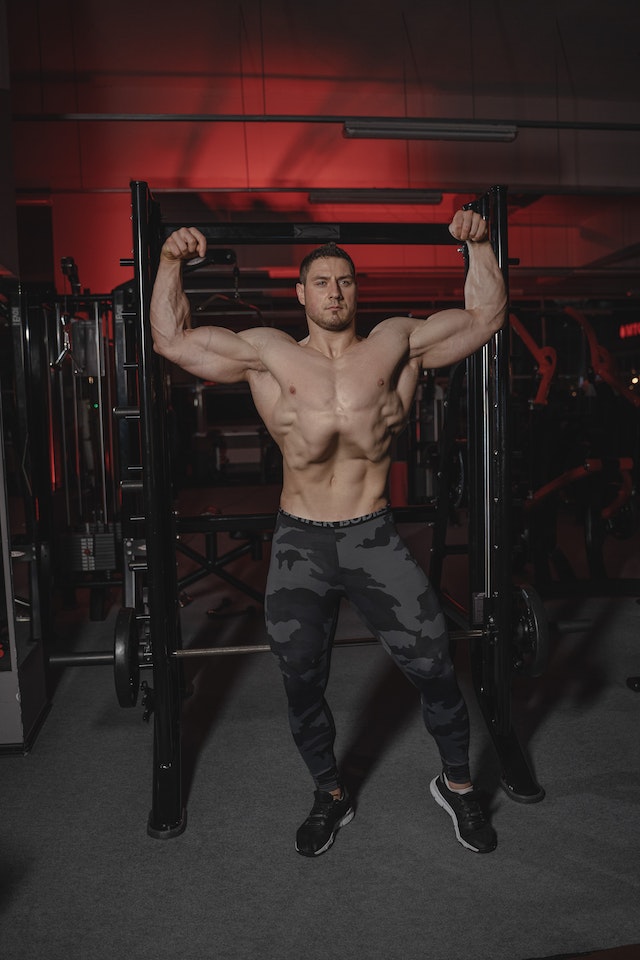The “V-line” is a term coined to describe a certain type of physical appearance in which the face or body exhibits a slim and sharp shape, reminiscent of the letter “V”. This aesthetic feature has increasingly been recognized and sought after in various cultures and societies, signifying attractiveness, youth, and health. Let’s delve into why V-lines are deemed attractive, the psychological implications behind them, and how this trend is impacting societal standards of beauty.
Table of Contents
Origin and Impact of the V-Line
The V-line concept initially emerged in South Korea, primarily relating to facial structure. A V-line face is characterized by a slim and pointed chin, coupled with a jawline that tapers towards the chin, thus forming the shape of a V. The belief is that such a shape gives the face a softer, more youthful appearance.
In recent years, this aesthetic preference has expanded beyond facial characteristics to the body shape as well, with a “V-taper” or “V-line” body being defined as broad shoulders that narrow down to a slim waist.
The Attractiveness of the V-Line
Psychologically speaking, humans are often drawn to symmetry and balance, and the V-line offers just that – a balanced, symmetrical facial or body structure. The sharpness and definition that accompany a V-line may also imply good health and fitness, which are universally attractive traits.
On a more subconscious level, the V-line body shape in men can be seen as a symbol of strength and masculinity. The broad shoulders and narrow waist can signal good physical health and even evolutionary fitness, echoing our primal instincts. In women, the V-line face is seen as a sign of femininity and youth, which are typically associated with attractiveness.
The Societal Influence and Implications
Societal standards of beauty are influenced by many factors, and the popularity of the V-line is a testament to the power of media and popular culture. Celebrities and influencers flaunting V-line faces and bodies have only spurred the trend, with many people striving to achieve the same look through makeup techniques, exercises, diet, and even surgical procedures.
However, it’s essential to remember that beauty is subjective and largely a social construct. The V-line, as a standard of beauty, reflects a societal preference at a particular moment in time. What is deemed attractive can vary vastly across different cultures and periods.
Why are V lines attractive?
The attractiveness of V-lines, both in facial structure and body form, can be traced back to biological, psychological, and societal factors.
- Biological Factors: The V-line body shape in men — characterized by broad shoulders tapering to a narrow waist — is often linked to physical strength and reproductive health. Evolutionary psychology suggests that these traits are considered attractive because they signal good genes and fitness for survival. In women, a V-line facial shape (a slim, pointed chin with a jawline tapering towards the chin) is associated with youthfulness and fertility, which are biologically attractive traits.
- Psychological Factors: Humans are naturally attracted to balance and symmetry, which a V-line can provide. A symmetrical face or balanced body shape is often perceived as more beautiful due to an inherent preference coded into our brains. A well-defined V-line also indicates health and fitness, reinforcing its appeal.
- Societal Factors: The concept of the V-line originated in South Korea and has since spread globally, influenced largely by media and popular culture. Celebrities and influencers who fit this aesthetic mold reinforce the attractiveness of the V-line, leading to a trend where it’s considered a desirable trait. Societal standards of beauty often dictate what is considered attractive at a given time and in a specific culture.
While the V-line is seen as attractive by many, it’s essential to note that beauty standards vary greatly across different cultures and time periods, and what one person finds attractive, another may not. Personal preferences, individual differences, and cultural contexts play significant roles in perceptions of attractiveness.
Why do girls find the v line so attractive?
The V-line especially as it pertains to the male physique — characterized by broad shoulders tapering down to a narrow waist — is often considered attractive due to a combination of biological, psychological, and societal reasons.
- Biological Factors: Broad shoulders and a narrow waist are physical traits that signify strength, vitality, and reproductive health. These traits have historically been linked to successful protection and provision capabilities, which could have been important factors in mate selection from an evolutionary standpoint.
- Psychological Factors: The V-line physique represents a balanced, symmetrical form, which humans inherently find attractive. This preference for symmetry is deeply rooted in our perception and interpretation of beauty.
- Media, including films, TV, and advertising, often portrays men with V-line physiques as attractive, thereby reinforcing and perpetuating this standard.
However, it’s essential to emphasize that these factors don’t apply universally to all women. Personal preferences and individual differences greatly influence what someone finds attractive. Not all women may find the V-line attractive, and their preferences can be shaped by various other factors, including personality traits, individual experiences, and cultural backgrounds.
Frequently asked questions about V lines attractive
What is a V-line?
A V-line refers to a specific type of physical appearance in which the face or body exhibits a sharp, slim shape reminiscent of the letter “V”. This can relate to a facial structure characterized by a slim, pointed chin and a jawline that tapers towards the chin, or a body shape with broad shoulders that narrow down to a slim waist.
Why the V-line is considered attractive?
The V-line is often deemed attractive due to a combination of biological, psychological, and societal factors. These include associations with youth, health, and fitness, a natural human preference for symmetry and balance, and societal standards of beauty influenced by media and popular culture.
How can I achieve a V-line face/body?
Achieving a V-line face or body naturally can involve specific exercises, diet changes, and skincare routines. For the face, facial exercises, maintaining a healthy diet, and regular skincare can help improve skin elasticity and reduce facial fat. For the body, regular exercise focusing on building upper body strength and reducing waist size can help. However, genetics plays a significant role in your natural body and facial structure. For significant changes, some people turn to cosmetic procedures, but these should be considered carefully.
Is the V-line a universal standard of beauty?
No, the V-line is not a universal standard of beauty. Standards of beauty can vary greatly across different cultures, societies, and time periods. While the V-line is seen as attractive by some, it’s not necessarily the case for everyone. Beauty is subjective and highly personal.
Is it healthy to strive for a V-line face/body?
While maintaining a healthy lifestyle with regular exercise and a balanced diet is beneficial, striving for a specific aesthetic standard such as the V-line can potentially lead to unhealthy behaviors, particularly if it becomes an obsession. It’s essential to remember that everyone’s body and face are different, and beauty encompasses a wide range of shapes, sizes, and appearances. Health should always be the priority.
Do all women find the V-line attractive in men?
No, not all women find the V-line attractive in men. Attractiveness is highly subjective and varies from person to person based on a range of factors including personal preferences, cultural backgrounds, societal influences, and individual experiences.

Conclusion
The V-lines represent an interesting intersection of aesthetics, psychology, and societal trends. As it becomes an increasingly popular standard of attractiveness, it’s important for individuals to understand the driving forces behind it. However, while the V-line is seen as attractive by some, it’s crucial to remember that true beauty is about individuality and health, not fitting into a specific mold.




